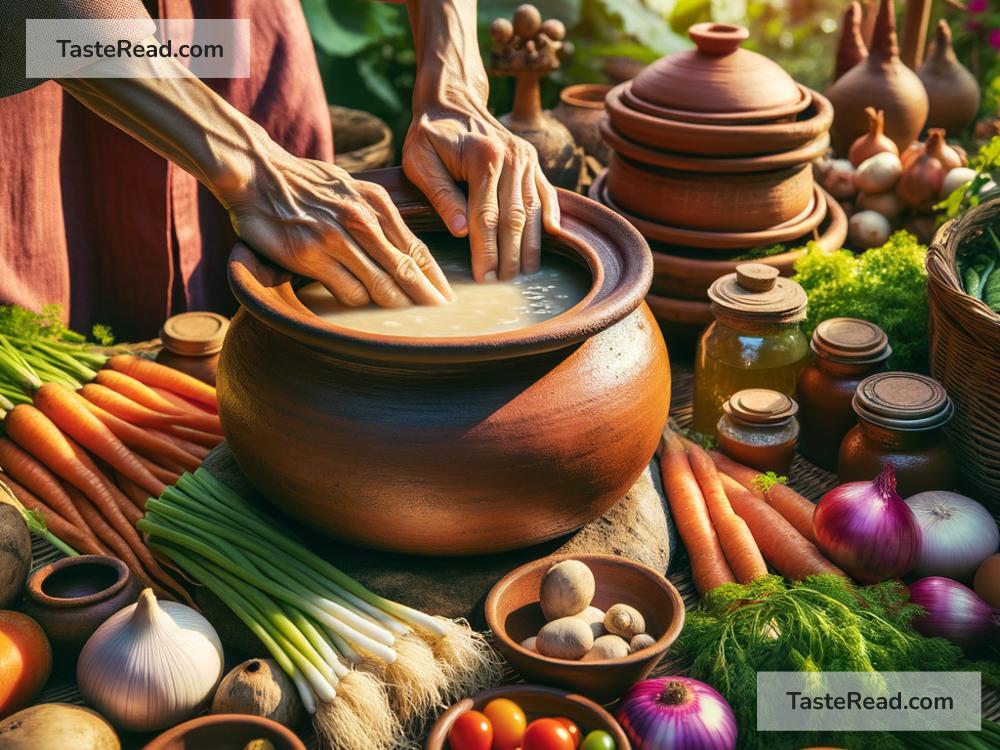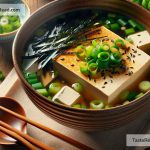How Ancient Asian Preservation Techniques Shape Modern Foods
When we think of traditional Asian cuisines, we often conjure images of mouth-watering dishes, exotic flavors, and colorful presentations. But have you ever stopped to wonder how ancient preservation techniques from this vast continent continue to influence and shape our modern eating habits? It’s fascinating to dive into the world of traditional Asian methods for preserving food and to see how these age-old practices are still very much a part of today’s culinary scene.
The Magic of Fermentation
One of the most prominent preservation methods to come out of Asia is fermentation. This process is where microorganisms like yeast and bacteria convert carbs into alcohol or acids, acting as natural preservatives. Fermentation not only helps in preserving the food but also enhances its nutritional value and flavor.
Korea’s kimchi, a spicy and tangy fermented cabbage, is probably one of the most famous examples of this technique. Fermented for days, weeks, or even months, kimchi is not just a side dish; it’s a cultural icon. There’s also Japan’s miso, a fermented soybean paste that’s a cornerstone of Japanese cooking, lending a deep, savory umami flavor to dishes.
The beauty of fermentation is not just in preserving food; it’s also about creating complex flavors that cannot be achieved through fresh ingredients alone. Today, fermented foods have seen a resurgence in popularity worldwide, praised for their probiotics and health benefits, all thanks to these ancient Asian practices.
Salting and Sun-Drying
Salt has been used for centuries as a preservative, and many Asian cultures have mastered the art of using salt, combined with sun-drying, to prolong the shelf life of food. In countries with long coastlines, like Japan and the Philippines, seafood is often preserved this way. The salt draws out moisture, inhibiting the growth of bacteria, while sun-drying finishes off the job.
Dried salted fish, or “daing” in the Philippines, is a simple yet flavorful dish that showcases this preservation technique. Similarly, Japan’s salted and dried fish, like “hoshi-zakura,” are enjoyed as delicacies. These methods allow communities to have access to nutritious food even when fresh catch is not available.
Pickling – The Blend of Vinegar and Spice
Pickling is another age-old technique that’s widely used across Asia. It involves soaking fruits or vegetables in vinegar or a combination of salt and water, known as brine. This not only preserves the food but also imparts a tangy flavor. Asian pickles, or “achar” as they are known in South Asia, come in countless varieties, each using a mix of spices and oil to create something truly unique.
India, in particular, has a rich tradition of pickling, with each region offering its version, from mango to lemon and even meats. These pickles are not just food items; they are a treasure trove of flavors, bringing life to any meal. Modern gourmet stores around the world now sell these exotic delights, indicating how ancient practices have seamlessly integrated into our global pantry.
The Art of Smoking
Smoking is perhaps one of the most intriguing preservation techniques, infusing food with a distinctive smoky flavor while extending its shelf life. In Asia, this method has been used predominantly with meat and fish. China’s smoked duck and India’s smoked fish are just a couple of examples where you can taste the rich history embedded in each bite.
Today, the influence of smoking can be seen in modern barbecue techniques and gourmet smoked cheeses, connecting our dinner tables to ancient times when smoking was essential for survival. It’s a testament to how cultural traditions can transcend time, continuing to influence and enrich our lives.
Conclusion
The impact of ancient Asian preservation techniques on modern foods is profound. From the kimchi and miso in our fridges to the smoked meats on our barbecues and the tangy pickles on our shelves, these age-old methods are still very much alive and kicking. They remind us that preservation is not just about keeping food edible; it’s a culinary art form that adds depth, flavor, and nutrition to our meals.
As we embrace these traditional techniques, we not only pay homage to the past but also pave the way for a future where sustainable and healthy eating habits are revered. By learning from these ancient practices, we can appreciate the wisdom of our ancestors and the incredible diversity of our global food heritage. So, the next time you savor a bite of that spicy kimchi or tangy pickle, remember the centuries-old traditions that brought them to your plate, shaping not just flavors but cultures and identities.


